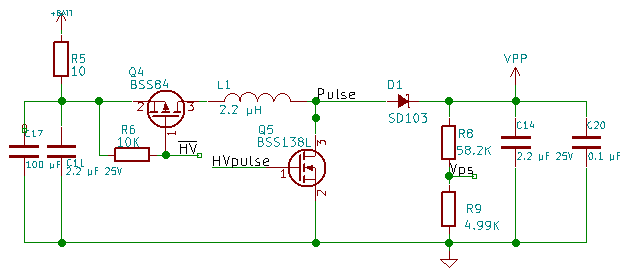Vacation:
I went on vacation last week with my grandson. I had to finish client work before I could go so two weeks ago I didn’t get a post done and last week, I was spending time with my family. I was hoping to post ahead of time and schedule them out, but it didn’t happen. Sorry to anyone looking forward to my posts.
ADC Feature Request:
The request I made in the bug report section of the Espressif forum has been viewed 376 times but still no indication that they are working on it. August 16, 2016 is the last update to the SDK.
MSP430:
Ti makes a great processor line with cloud based tools. Which means they can be developed on any platform.
I had to disqualify the MSP430 line of processors because they all have a max voltage of 3.7 or lower.
STM32:
The STM32 are ARM based architecture chips. They all have a max operating voltage of 3.6V or less. They do have good GCC support so they can be developed on any system. The max voltage issue disqualifies the STM32.
PIC32:
The PIC32 line of chips do not have any devices that run at 5 volts. This disqualifies the PIC32 line from Microchip.
SAM32:
Microchip acquired Atmel recently. Atmel used to sell the SAM32 ARM architecture line of MCUs. So Microchip now carries this line of chips. The ATSAMC2 line all operate from 2.7 to 5.5 Volts. The 2.7 is a little high on the low side but it is acceptable. ARM compilers are available on all the major desktop operating systems. The lowest marketing price for this line of chips is US $1.36. The smallest flash available is 32KBytes which should be far more than enough for this project. This chip runs at 48 MHz. Which should be fast enough. It also has 32 pins which should be enough IO. The ATSAMC21E15A is a strong candidate.
Other Controllers:
Do you have any suggestions for 16 or 32 bit Micro Controllers? Are there any you would like me to look at for this project?




